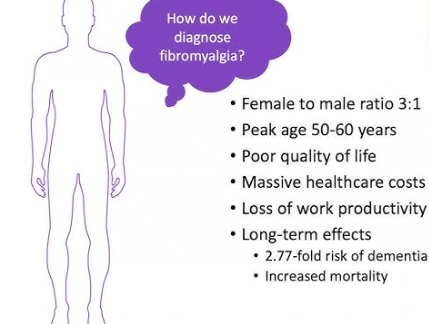Unraveling the Age Dynamics of Fibromyalgia: Identifying Peak Onset and Prevalence
Unraveling the Age Dynamics of Fibromyalgia: Identifying Peak Onset and Prevalence
Fibromyalgia is a chronic condition characterized by widespread musculoskeletal pain, fatigue, and cognitive disturbances. Understanding the age-related patterns of its onset and prevalence is crucial for early diagnosis and effective management.
Typical Age of Onset
Fibromyalgia can develop at any age, but it is most commonly diagnosed between the ages of 30 and 50. This period often coincides with significant life stressors and hormonal changes, which may contribute to the manifestation of symptoms. However, cases have been reported in adolescents and the elderly, indicating that age alone is not a definitive factor.
Peak Prevalence
While the onset typically occurs in midlife, studies have shown that the prevalence of fibromyalgia increases with age, peaking between 55 and 64 years. This suggests that while symptoms may begin earlier, the condition becomes more widespread or is more frequently diagnosed in later years.
Age-Related Symptom Severity
Interestingly, research indicates that younger and middle-aged individuals with fibromyalgia often report more severe symptoms and a lower quality of life compared to older patients. Factors such as hormonal fluctuations, stress levels, and lifestyle differences may contribute to this variation.
Gender Considerations
Women are disproportionately affected by fibromyalgia, with a higher prevalence noted in females across all age groups. Hormonal differences, particularly estrogen fluctuations, are believed to play a role in this disparity.
Implications for Diagnosis and Management
Recognizing the age-related patterns of fibromyalgia is essential for timely diagnosis and intervention. Healthcare providers should maintain a high index of suspicion for fibromyalgia in patients presenting with chronic pain and fatigue, especially within the 30 to 50 age bracket. Early diagnosis can lead to more effective management strategies, improving patient outcomes.
Conclusion
Fibromyalgia‘s onset and prevalence are influenced by age, with most cases beginning in midlife and peaking in prevalence among older adults. Understanding these patterns aids in early recognition and tailored treatment approaches, ultimately enhancing the quality of life for those affected.



